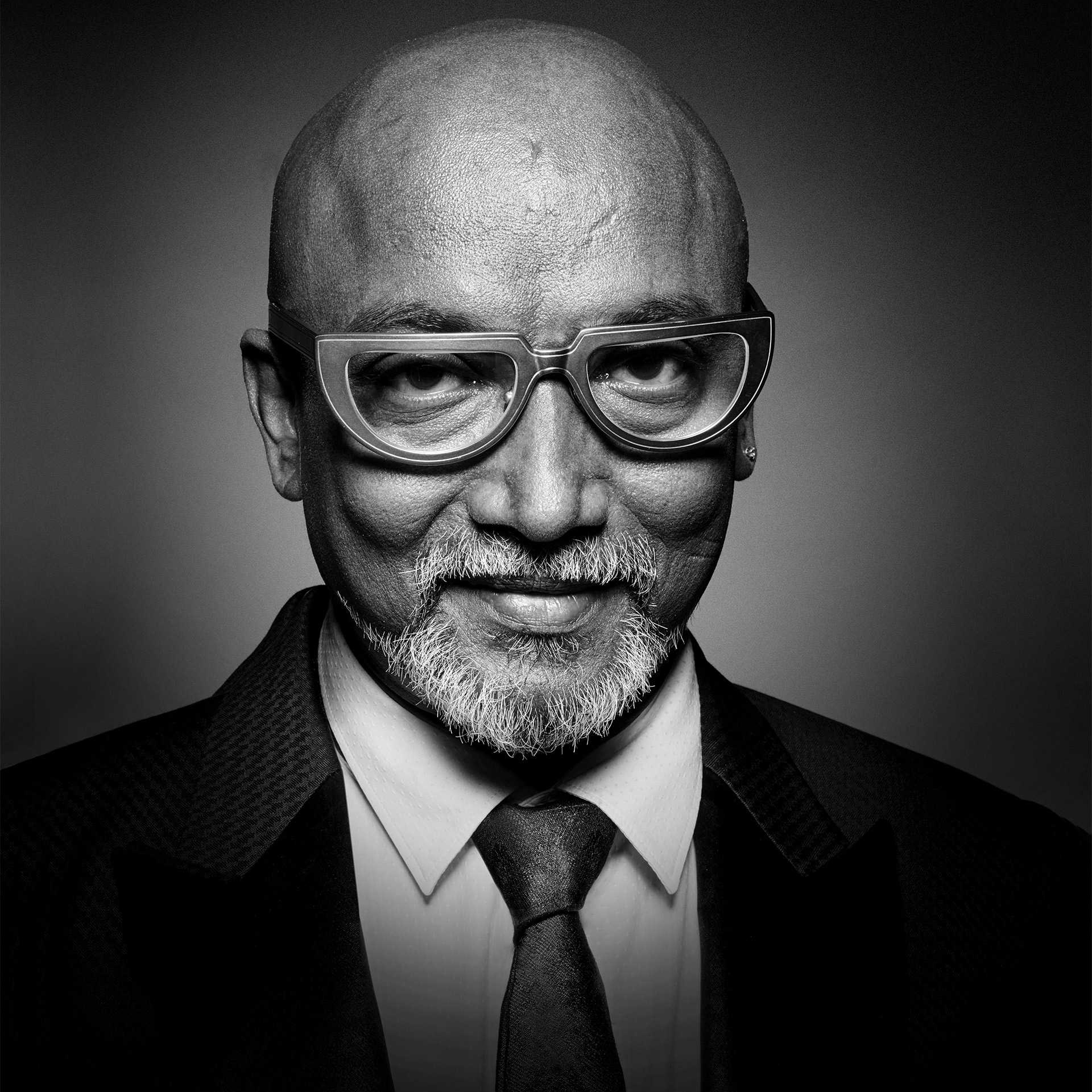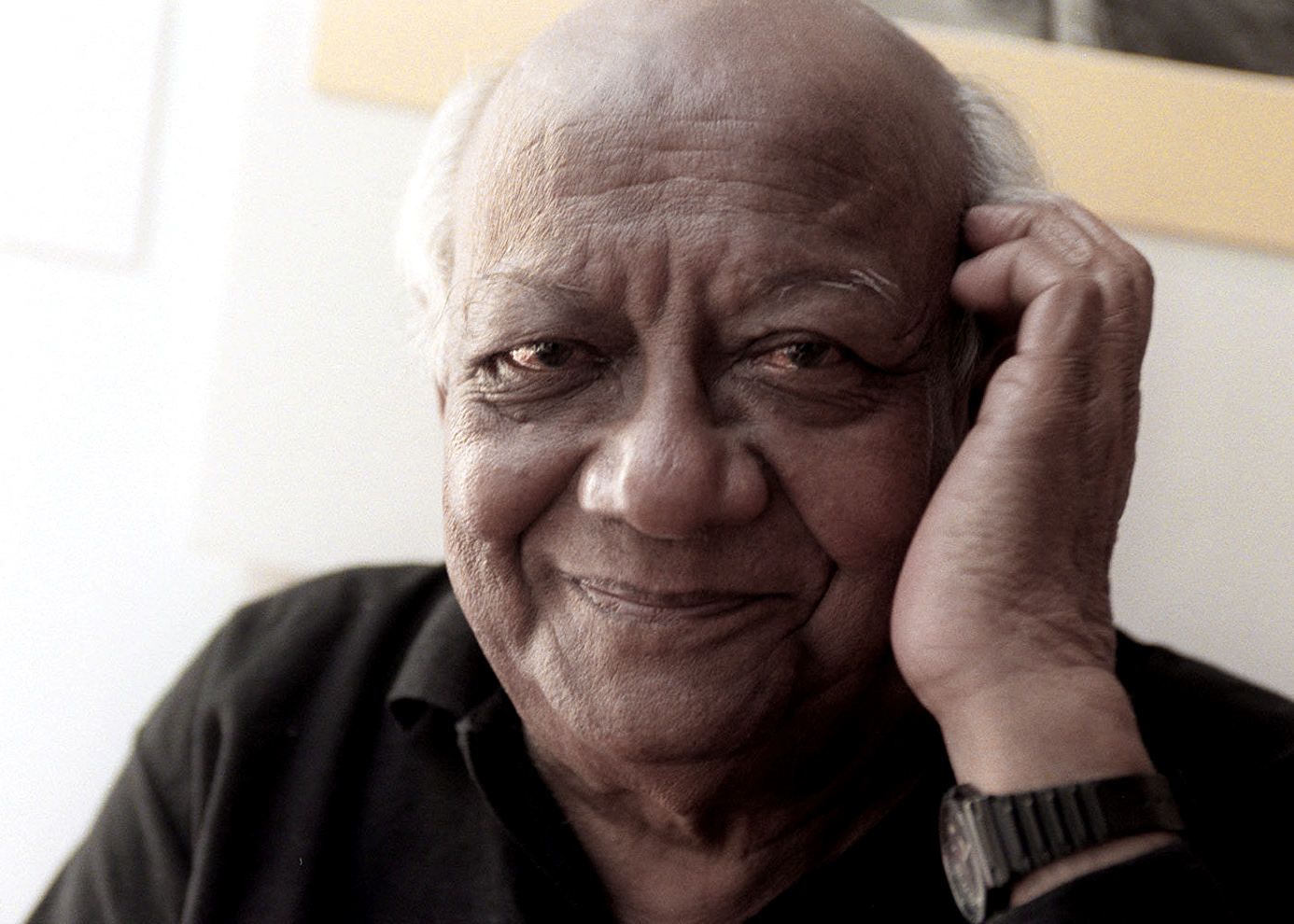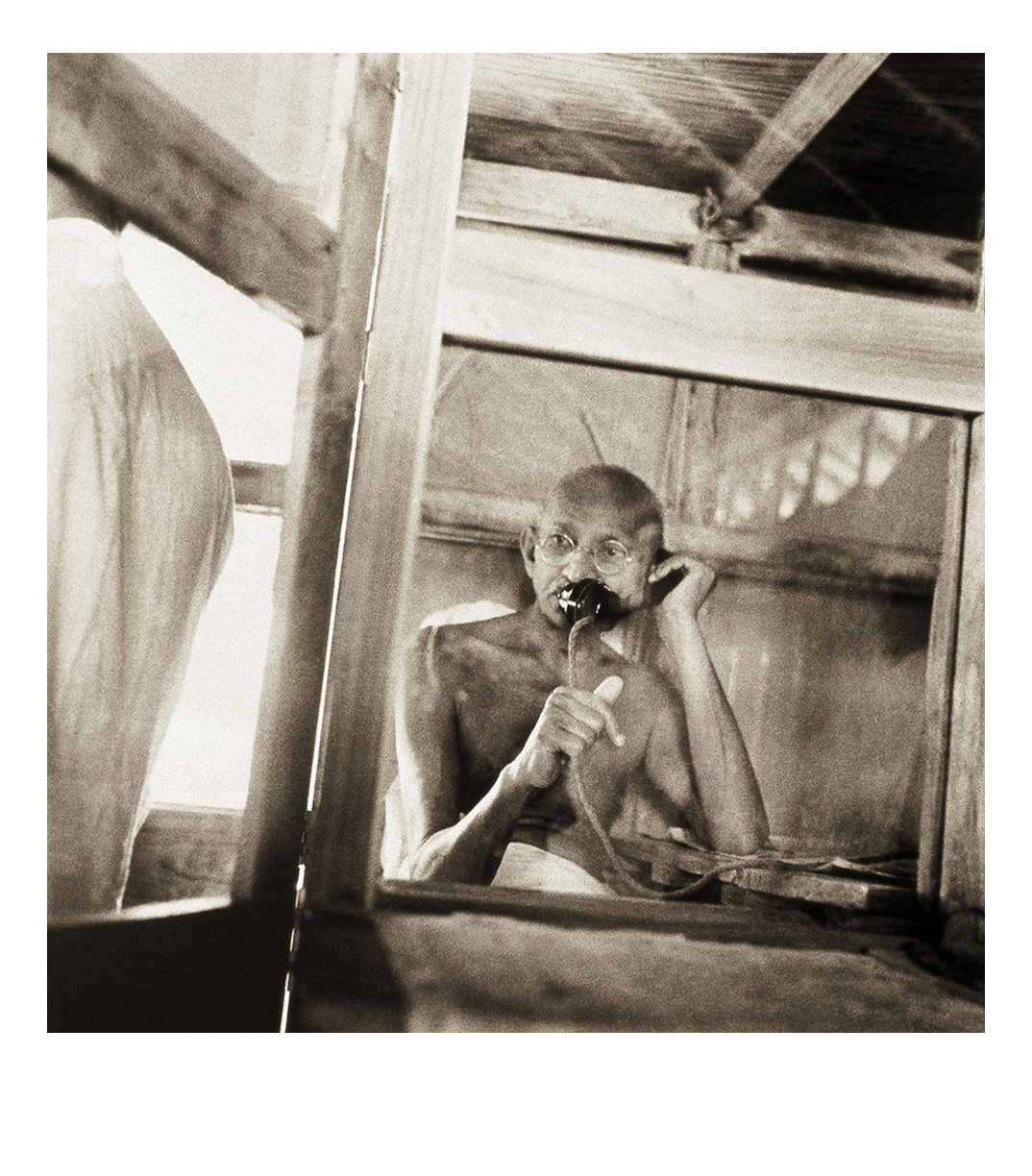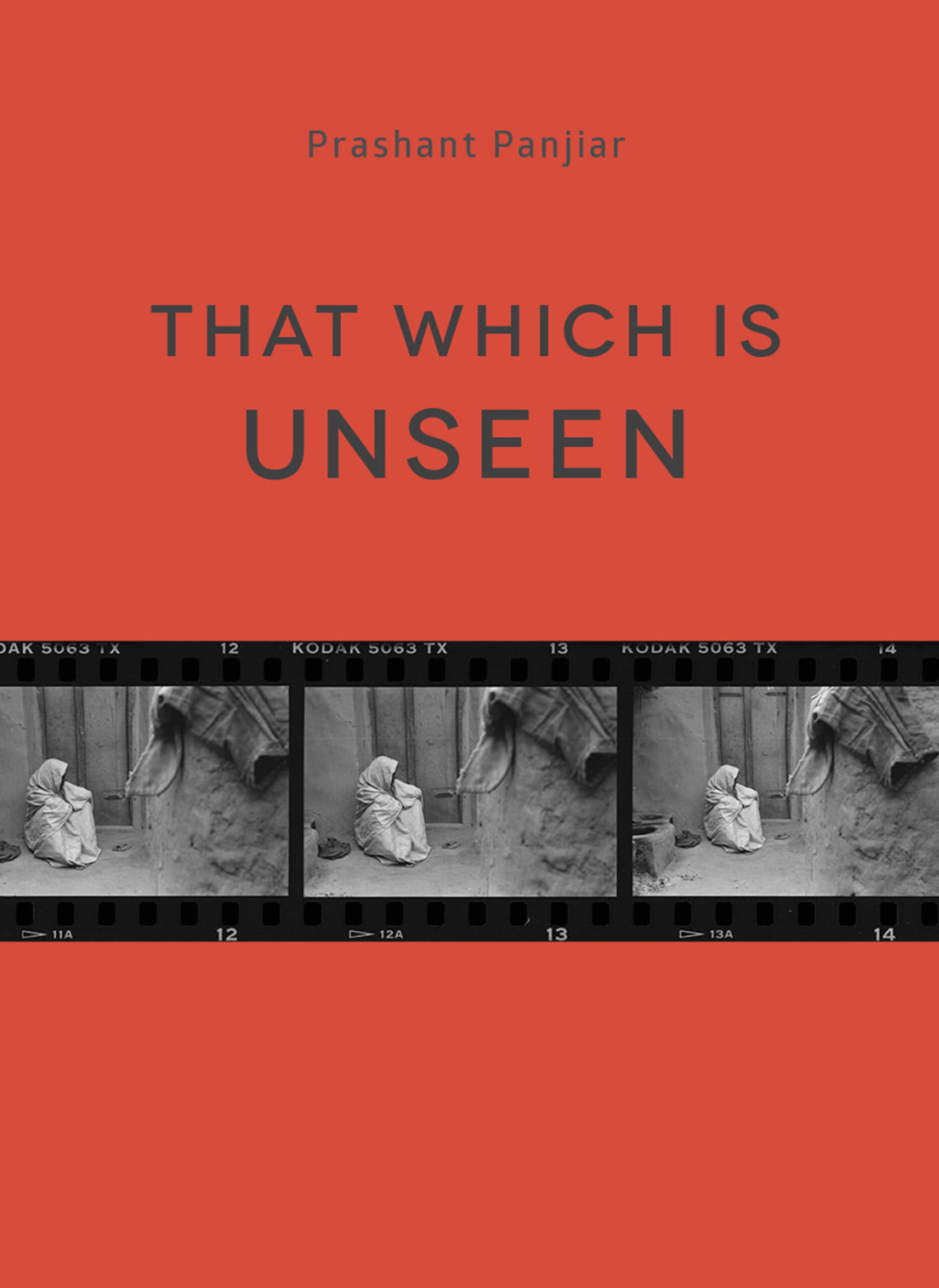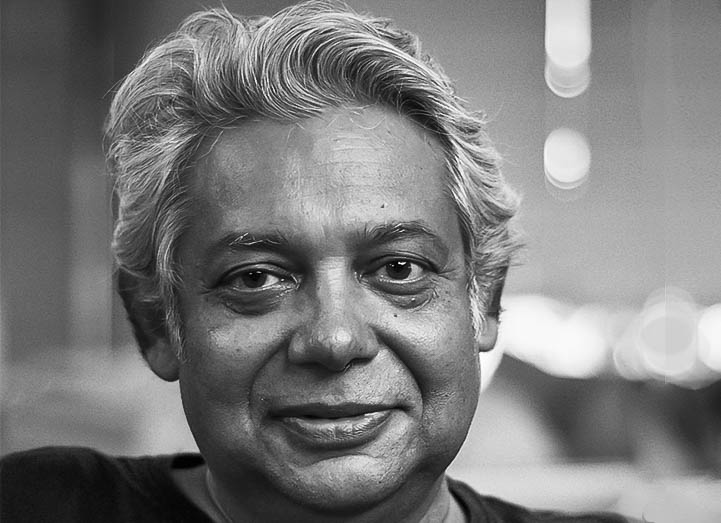1. Bose Krishnamchari, co-founder Kochi Muziris Biennale © Prabhat Shetty | Source: Internet 2. Shubigi Rao, curator, KMB 2020 edition © Kathrin Leisch | Source: Internet
Biennale Effect
Bose Krishnamachari features in the Power 100 list, 6th time in a row
Power 100, the annual ranking of the most influential people in art is something to look forward to. It says who is who in the world of art, and coming in the bylines of who is who makes all the difference.
ArtReview (founded in 1948), an international contemporary art magazine based in London, started making their Power List in 2002. Since then, every year, Art Review has published its list, a guide to the 100 most powerful figures in contemporary art. This list is put together by a network of around 20 art world insiders and outsiders located around the world. The magazine claims that the list is judged according to a person’s ability to influence the type of art that is being produced today and play a role in shaping the public perspective of art. Moreover, they have to have been active in the previous 12 months before the list is published and have to have an international rather than exclusively domestic influence.
The official statement of Art Review says, “The old cliché about it all starting with the artist doesn’t really hold; perhaps it never did. An artist doesn’t necessarily get a major museum show, simply because they are ‘the best’. Such events tend to be the result of a combination of the social, economic and, at times, political interests of a group of individuals. There would be no protests, no calls for reform, no argument or debate if power (and the inequalities that come with it) did not play out in shaping the type of art that gets exposed or the way in which it is presented. Indeed, one of the reasons ArtReview’s power list was initiated, in 2002, was to promote a consciousness of this – to examine the operations of a world that is forever teetering on the brink of becoming a self-sustaining insider chumocracy, or little more than a pantomime commodity exchange.”
Those who narrow down the Power list from 400 and odd nominations are kept anonymous. It is to avoid potential pressure and sanctions, the statement adds. Under normal circumstances their paths [of the Jury] would cross, some of their experiences would be shared, but in the current scenario, that’s not been the case.
2020 has been an exceptionally challenging year, and many museums, galleries, and other cultural initiatives haven’t escaped the pandemic’s radar. Of course, those of us who can access it keep track of art happenings online, but attention is increasingly focused on art that’s local, now that we can no longer really chase it around the world. In accordance with that, this year’s list includes a greater emphasis on the circulation of ideas and values (about justice, equality, ways of living, our relationship with the environment and basic human rights, to name just a few), and the way in which they, as opposed to works by individual artists or artist groups, are changing how we think about and engage with art. The Power 100 has always represented shifting values (and ways of valuing art) and changed points of view.
Even though most of the events have either been postponed or changed the mode to become online, galleries and museums, one way or another, and some time or other are bound to bounce back. 2020 Power List has considered that as well – of those who have shown the grit and determination to stay on their toes.
During the initial months of the pandemic, Kochi Muziris Biennale tried its best to steer clear on its path to launch 2020 on time. In the meantime, they continued to share artists’ experiences during the pandemic lockdown. In October, KMB’s official statement informed that the event is postponed to 2021. The Student’s Biennale is getting ready to be launched online this February. All these contributed to the selection of Bose Krishnamachari and curator Shubigi Rao to make to the Power 100 list.
The pandemic didn’t slow down Bose, in fact, his days had become doubly busy and packed with zoom and google live sessions. He continued to speak his voice, as India waddled through phases of lockdown and unlockdown. Bose’s strength comes from being firmly rooted in the Kerala art scene, and simultaneously operating from Mumbai and other metropolitan hubs. The support of the Government of Kerala is another piece of the puzzle that enabled KMB to become Asia’s largest contemporary art festival. One thing is to get to the Power 100 list, and it is altogether another milestone to retain it for 6 consecutive years. PhotoMail reached out to congratulate Bose Krishnamachari, who is presently traveling in Kerala. He said beamingly, “It is a reflection of the effort, sacrifice, and creativity of the entire Biennale community, including my colleagues at the Foundation, the artists and curators at the various editions, as well as our supporters, it’s ‘Our Biennale Effect’.”
By Staff Reporter | Published on December 4, 2020
Share
Related News
A new venue for art lovers: MAP, Bangalore is open for public
The newly opened Museum of Art & Photography (MAP) in Bengaluru welcomed its first visitors in Feb, offering a glimpse of around 60,000 works that would refresh the subcontinent's rich art history.
Plumbing the depths of space and time, James Webb Space Telescope
The James Webb Space Telescope has been designed to see the infrared part of the spectrum, making it capable of glimpsing “galaxies far far away”. This provides access to a part of the spectrum that no telescope has had till date, not even the iconic Hubble Telescope, which can see ultraviolet and visible light.
Snapshots from a forgotten land
Photojournalist Kanika Gupta takes a more personal approach on her page. The Indian journalist, who had to be evacuated from Afghanistan when the Taliban first took over, has since returned, and has resumed her efforts of documenting the country. On her Instagram handle, lifeoutside2by2, she fearlessly interviews and photographs Taliban soldiers, bringing out both the cruelty and humanity in their stories. A snapshot of a man who has been taught to believe that “making landmines is holier than fighting" is juxtaposed with one of two friends - one of whom used to be in the National Army and the other, a hardened Taliban, who joined when an American drone strike killed seven of his family members on a single day. Today, the two friends, who have both joined the regime, reminisce about having fought on different sides.
MAP’s Director’s Cut: Reimagining and Reinventing Museums
This episode (Wednesday, 9th March, 6:30 pm) of MAP’s series Director’s Cut features Nadine Wietlisbach, Director of Fotomuseum Winterthur in Switzerland.
The making of a nation, through Sunil Janah’s eyes
After Sunil Janah moved to the US in his later days, these prints were mostly forgotten. Rahman says it is by another coincidence that they landed in India as a collector managed to buy some of them. “The timing of the exhibition coincides with the 75th anniversary of Independence. At a time when the BJP is trying to demolish Nehru’s legacy and spreading the narrative of ‘Make In India’, Janah’s works assume significance as the ‘Make In India’ started in the 1950s. That is why it is so important that people see these pictures. We should not forget this history and the BJP is trying to make us forget it.” Apart from their historical significance, these are stunning images, says Rahman. “That was a time of great hope. Now, we have a different view about industries. We perceive industries as polluting, but at that time we needed all these factories because we needed indigenous manufacturing. Also, they provided jobs to lakhs of people, particularly in backward areas. There was a great positive energy which actually can be felt in Janah’s photographs.”
Celebrating Resistance, 152 years of Mahatma Gandhi
On Gandhi's 152nd anniversary, PhotoMail remembers him through these everlasting imageries. There are hundreds of photographs of Gandhi, often the author is unknown. Here is a collection of photographs by known Indian and International photographers.
THAT WHICH IS UNSEEN Acclaimed photo-journalist Prashant Panjiar’s Photo-book and Exhibition
Acclaimed photojournalist Prashant Panjiar's latest photobook 'That Which Is Unseen' was launched on September 18. Published by Ahmedabad-based Navajivan Trust, this book is a collection of photographs and backstories from Panjiar's almost four decades of photography career. Navajivan Trust, founded by Mahatma Gandhi, is a publishing house with a good reputation and has published more than 800 titles in English, Hindi, Gujarati and other languages.
Analog on the go: Ilford Photo Pop-up Darkroom
Ilford has announced portable pop-up photo darkroom tents as the go-getter strategy for attracting photographers to opt Analog photography. The portable pop-up tents and a starter kit with chemicals & materials are expected to be available this November.
Looking or shooting? A pe(e)p toy by Ray-ban and Facebook to click as you see
Ray-ban Stories sunglasses are built in partnership with Facebook and Ray-Ban’s parent company EssilorLuxottica and are the first product to be produced as a result of a multi-year partnership between the two companies. Ray-Ban Stories will be available in 20 different combinations in classic Ray-Ban styles — Wayfarer, Wayfarer Large, Round, and Meteor — and five colors with a range of lenses including clear, sun, transition, and prescription. Ray-Ban Stories features dual integrated 5-megapixel cameras that are designed to let the wearer capture everyday moments as they happen from a first-person perspective. The dual 5MP camera gives new depth and dimension to the content. It takes high-resolution photos (2592×1944 pixels) and quality video (1184×1184 pixels at 30 frames per second). Camera automatically adjusts to the light around for high-quality captures. One can also attend to calls, listen to music via blue tooth while on the go.
Prashant Panjiar’s photobook ‘That Which Is Unseen’ to be published soon
Indian photo-journalist Prashant Panjiar’s photo book That Which is Unseen published by Navjivan Trust will be released on 18 September 2021. The book is a compilation of backstories of Panjiar’s three decades as a photojournalist, told through images and words.


